You may be “doing” sustainability - but are you getting it right?
So why do so many companies still present their green credentials with images of wind turbines, plant seedlings and heart shaped forests?
Get real. Because we’re all now more attuned to what “greenwashing” or “greenhushing” looks and feels like.
Declaring that you’re “on a journey to net zero” means absolutely nothing, if you’re unable to substantiate it.
Getting your sustainability story right could have a major impact on how you secure and retain clients - and employees too. But making it sound authentic and believable can be tricky.
We know there’s a whole raft of complex technical terminology, as well as an equally large amount of throw-away jargon. And knowing how and where to start can be overwhelming.
This can either lead to paralysis, or result in embarking on a narrative that doesn’t stand up to close scrutiny. Which is where it can all go horribly wrong.
Research from a wide range of business, academic and environmental organisations gives compelling evidence as to why sustainability is now a fundamental component of the 21st century corporate mindset.
With our ESG Advantage™ process we adopt a forensic approach to understanding how sustainability fits into your business, what goals and objectives you need to achieve, and how you need to communicate your progress to your target audience.
ESG AdvantageTM
A proven process that brings clarity and authenticity to your sustainability communications.
ESG Advantage™ is a facilitated process designed to help our clients “unpack” the various strands of their ESG strategies and plot them into a systematic narrative that avoids “greenwashing” or “greenhushing”, and delivers:
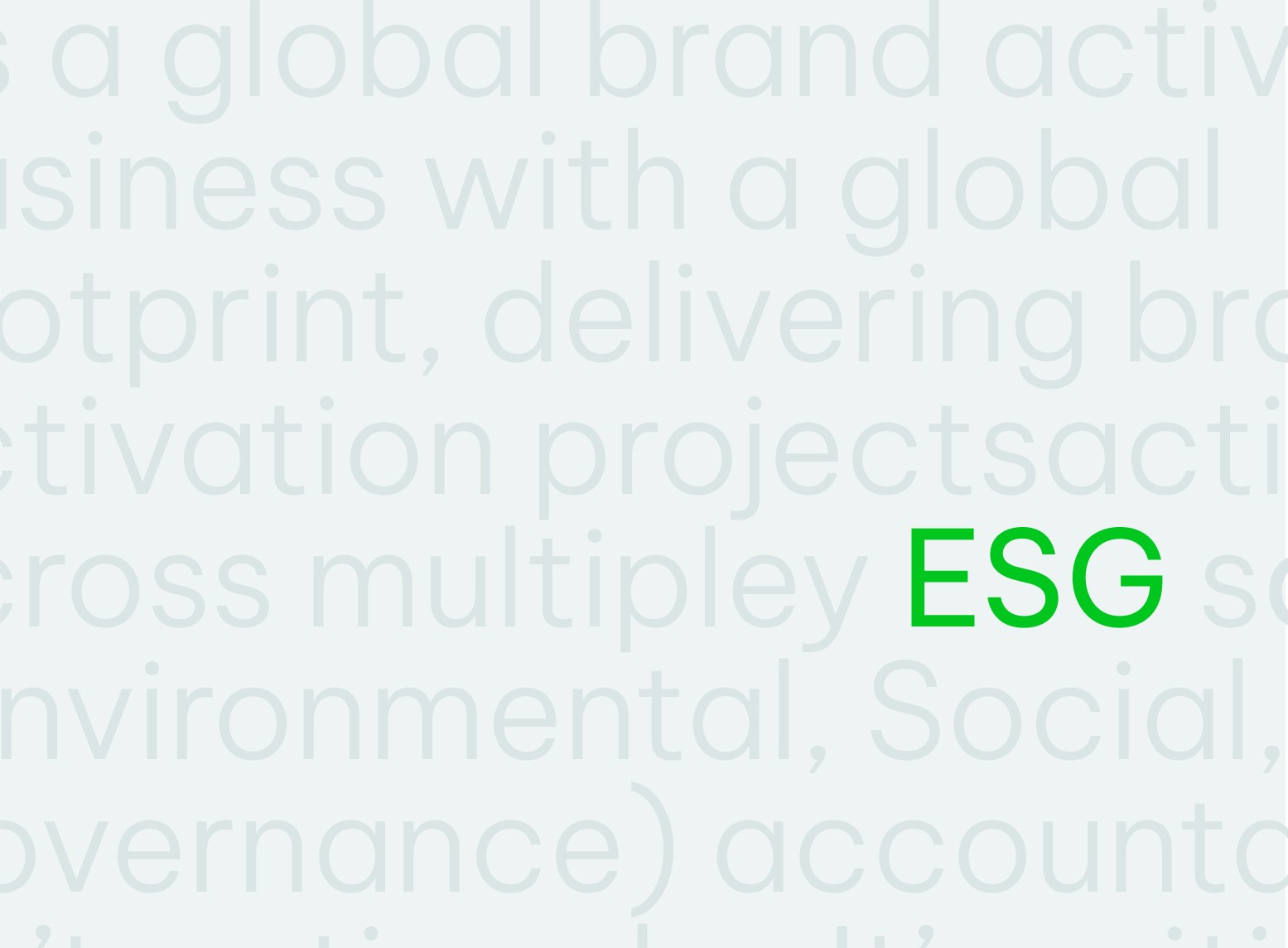 SEO and GEO keyword-rich content
SEO and GEO keyword-rich content
Sustainability is big. It’s a subject that brings with it a wide range of contexts and interpretations. By understanding what it means to your business, we can create SEO and GEO-rich content that reaches your target audience, and draws attention to the parts of your story that matter.
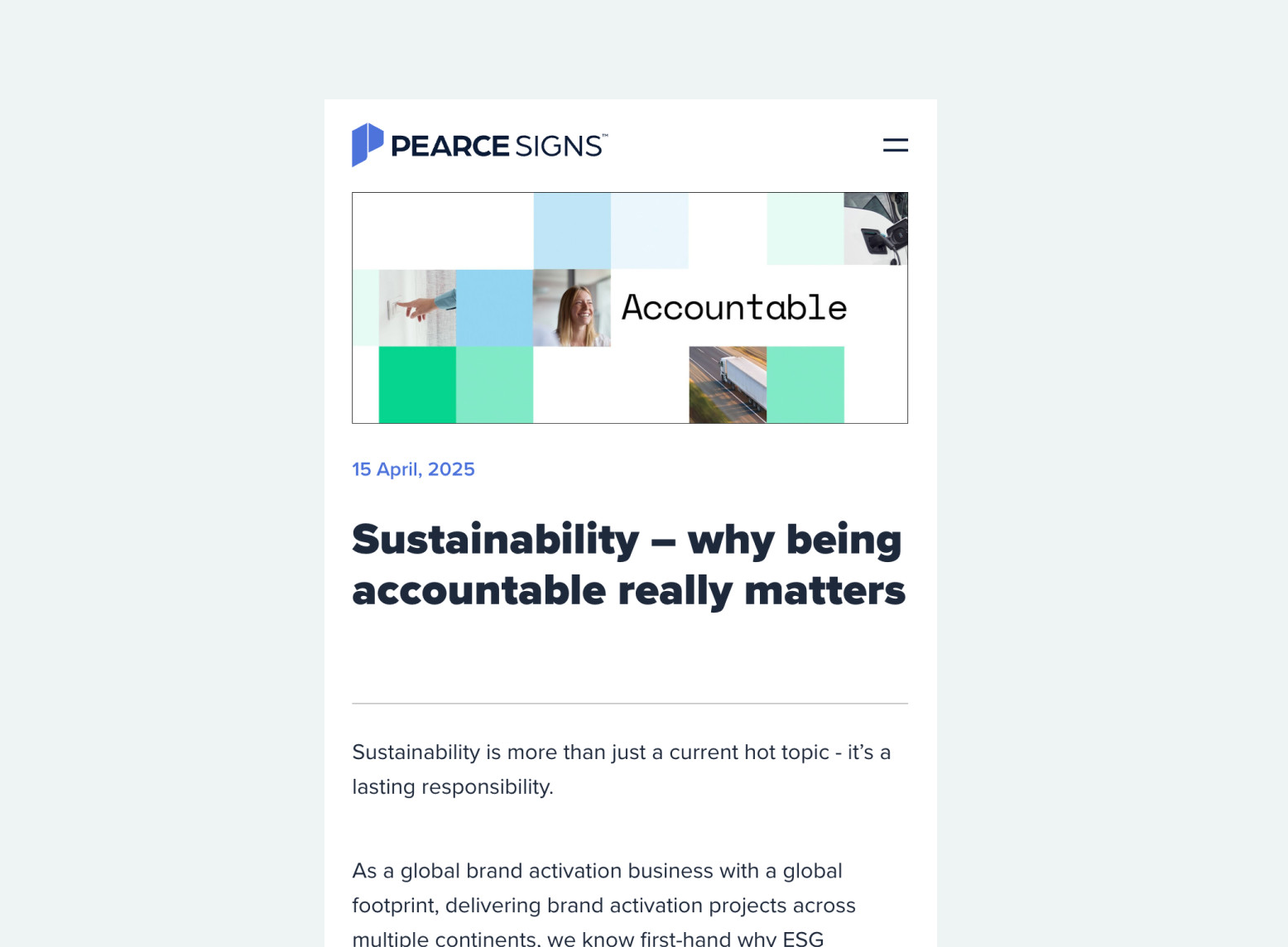 Thought leadership blogs and insights
Thought leadership blogs and insights
Your opinions matter - the blogs we write will prove this. Because both SEO and GEO algorithms place a high value on up-to-date knowledge, blogging is an essential cornerstone to your sustainability communications. Using our ever expanding knowledge of sustainability trends and academic research, we can help generate expert-led insights that create authority, and reflect both your challenges and intentions.
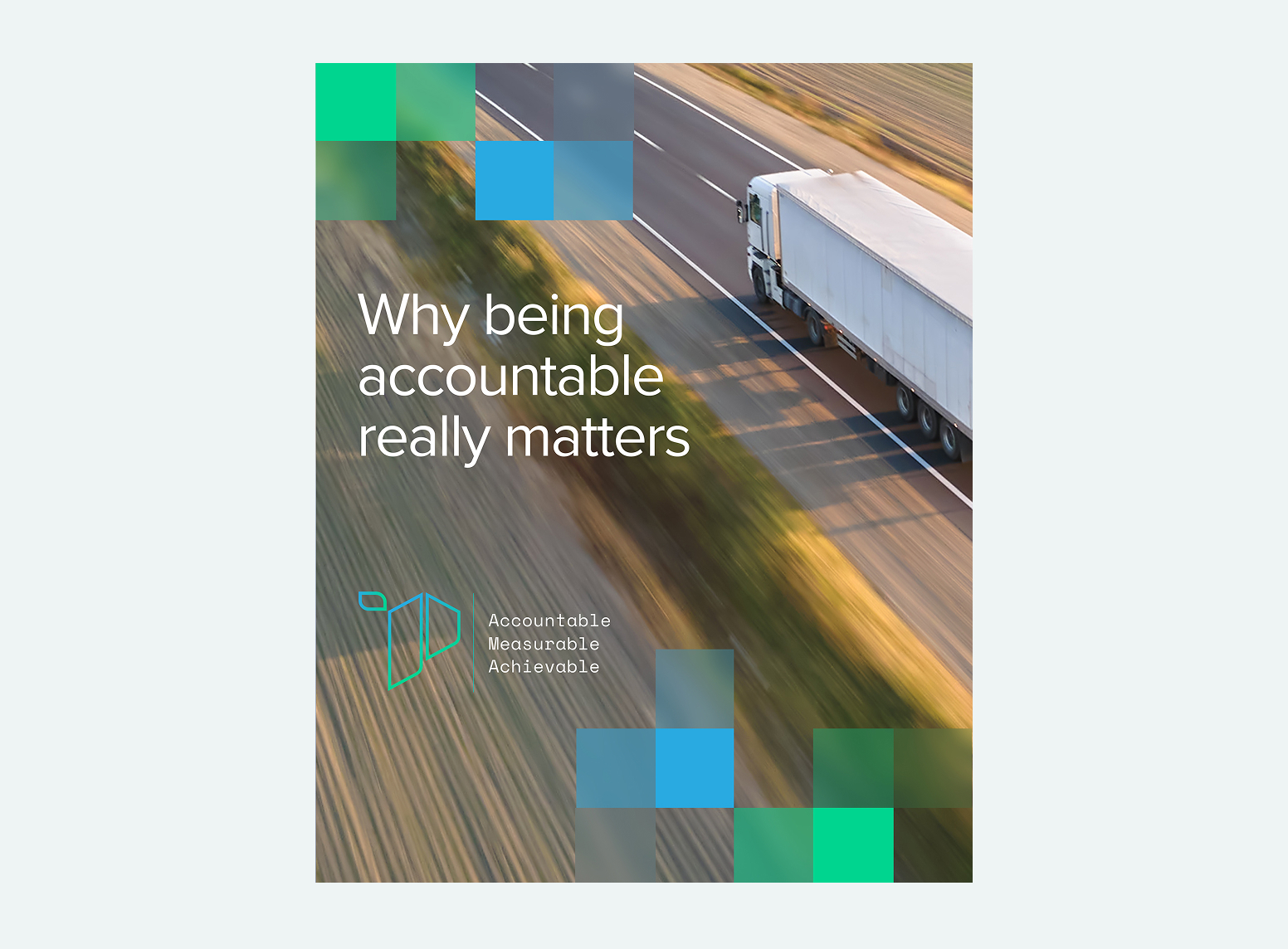 Tactical social media content
Tactical social media content
If you don’t talk about it, no one will know what you’re doing. Conversely, if you talk about it without supplying the evidence, people won’t buy into it. Your audience needs to see and believe what you’re saying - so we’ll also avoid visual clichés (wind farms, plant seedlings) and create engaging content that relates specifically to what you do, and supports your long term sustainability communications.
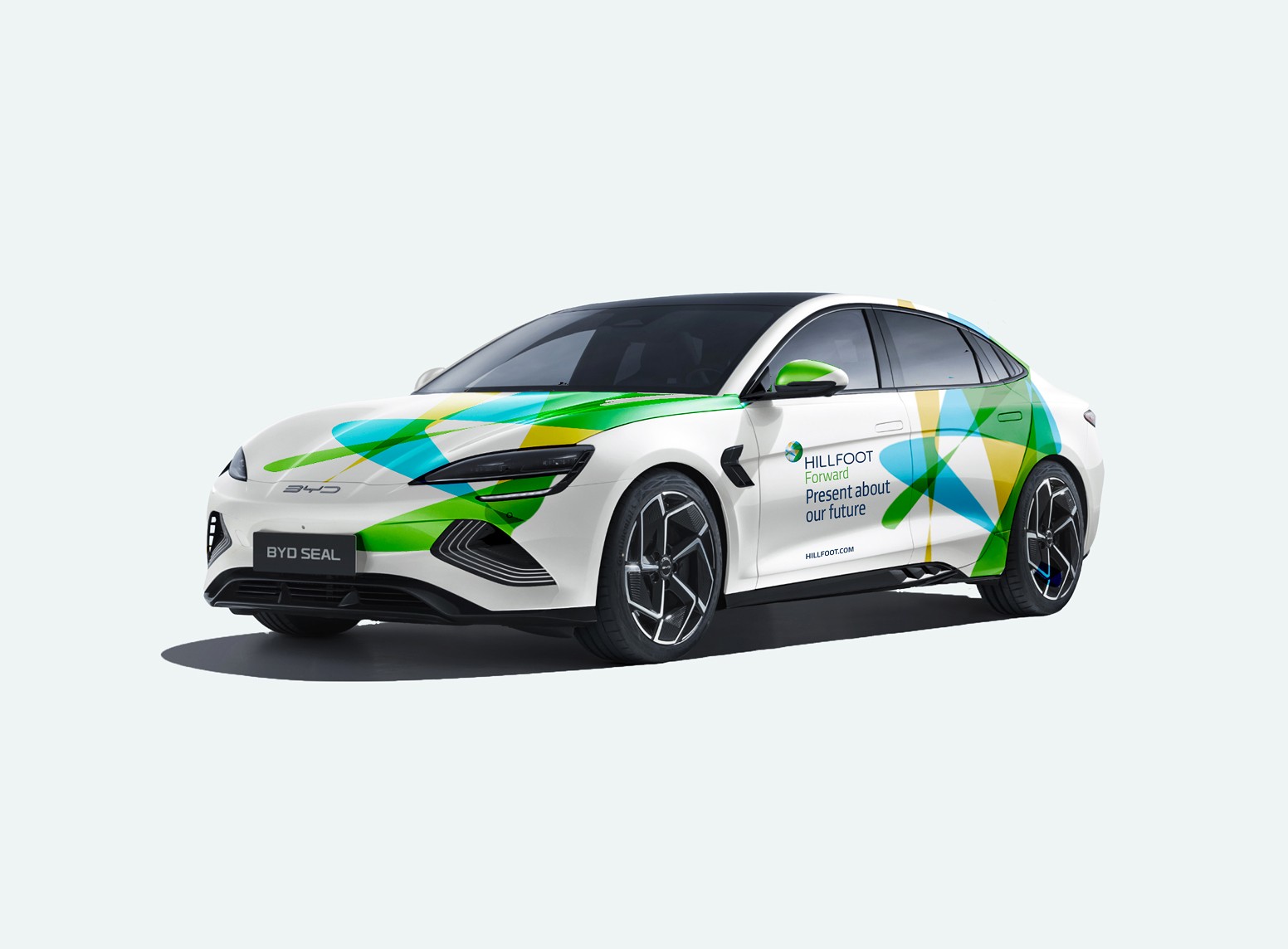 ESG-specific branding
ESG-specific branding
Because sustainability is now such a significant part of many companies' wider business agenda, it needs to be given greater prominence. The answer, then, is to develop an ESG sub-brand, specific web pages or visual devices, that give your communications a distinct identity. These can be used for both internal and external comms, and help create a strong “campaign” feel to your sustainability messaging which can also be used across social media platforms.
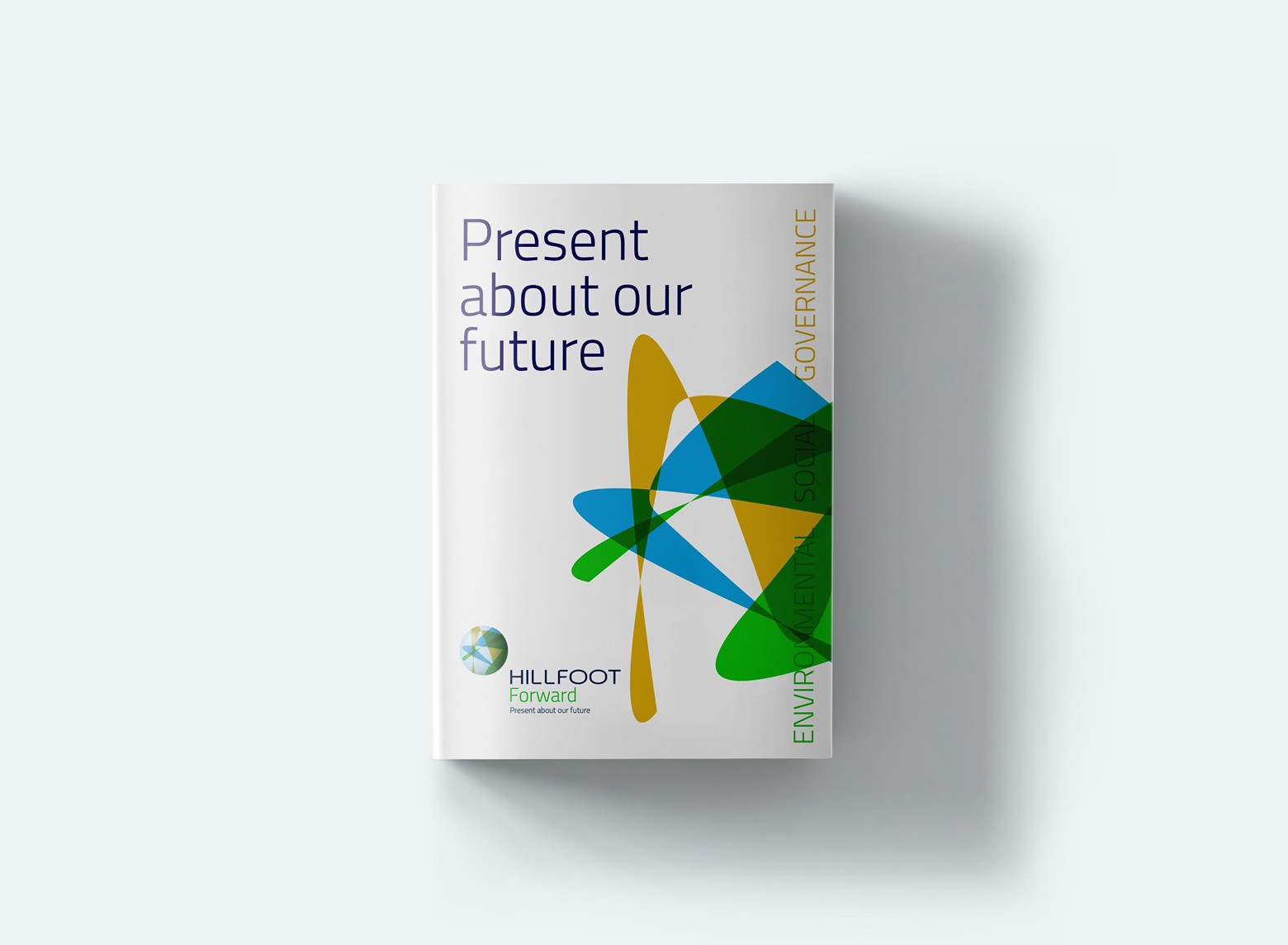 Employee communications and learning modules
Employee communications and learning modules
It’s not just your clients and suppliers that need to know about your sustainability ambitions. Your employees do too. They’re your key brand ambassadors. Everyone needs to be on the same page. So, a critical part of our sustainability communications strategy is to help our clients map out a staff education programme that feels democratic and informative in equal measure. Demystifying jargon and technology. Explaining your objectives. Inspiring people at every level.
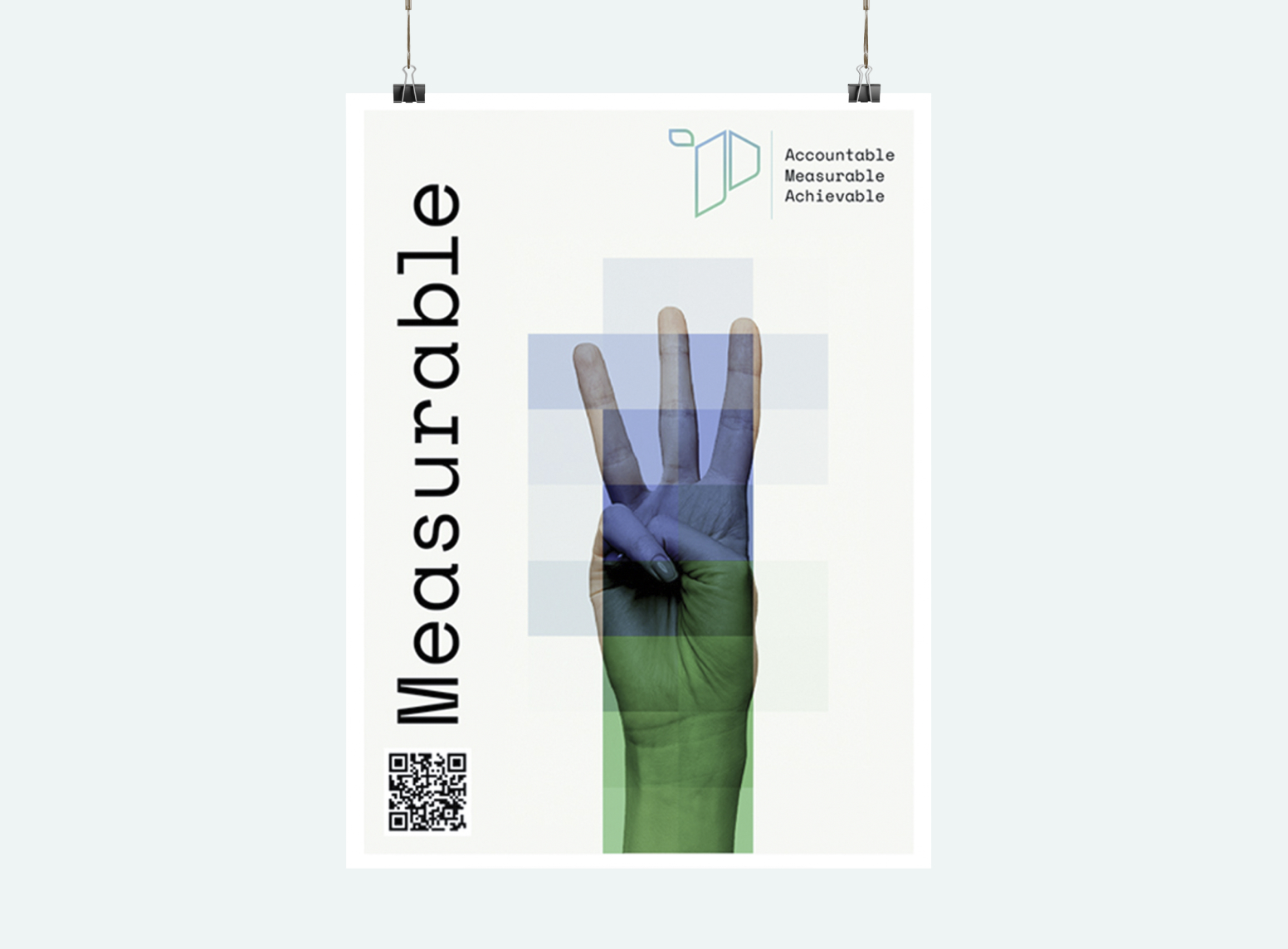 Printed marketing collateral
Printed marketing collateral
While digital-based marketing materials are the ultimate expression of sustainability best practice, we know that many clients want tangible printed materials too. Workplace posters, booklets and presentation materials for exhibitions or business development meetings make definitive statements about your goals and objectives. Obviously, we can also advise you on the most sustainable methods of printing and production, using FSG materials.
esg advantagetm
Process
Challenge
For many businesses, the key challenges with sustainability communications are:
Knowing exactly where to start your story, and how to maintain it.
Understanding where your business processes fit into the global sustainability agenda.
Navigating your way around the technical reporting frameworks, and sustainability jargon.
Creating a sequence of narratives that stand up to close scrutiny by your clients, employees and suppliers.
Solution
Here’s how we help you tell your story, clearly and with impact:
Working with you through a structured discovery process
Identifying the key sustainability goals that are relevant to your business and market sector
Conducting an audit of “where you are now” and where “you want to be”
Mapping a timeline, and pulling together supporting evidence around your actions.
ESG AdvantageTM
Components
Discover our other work programmes, designed to elevate your business.

Applied FoundationsTM
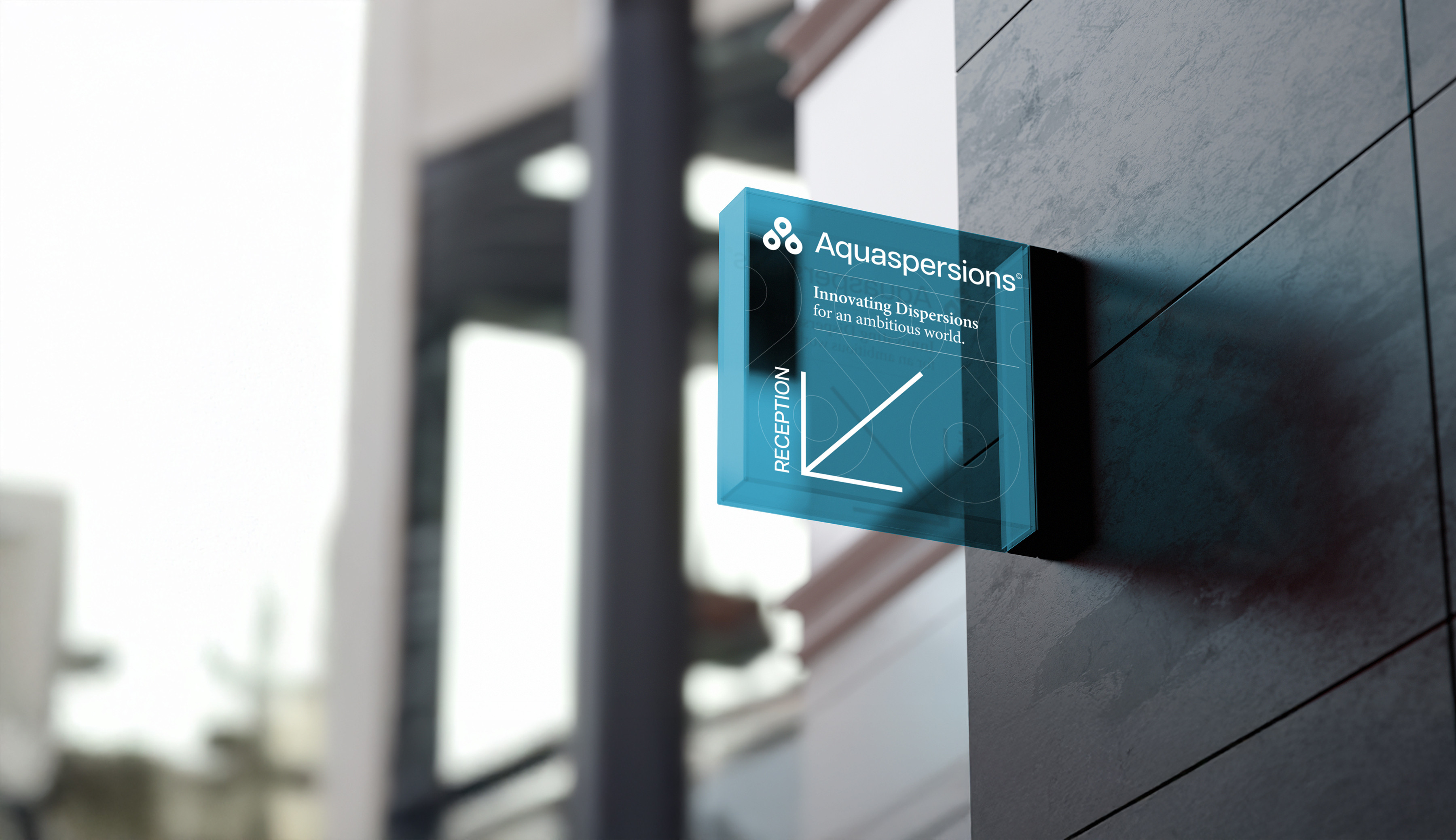
Brand AdvantageTM

Marketing AdvantageTM
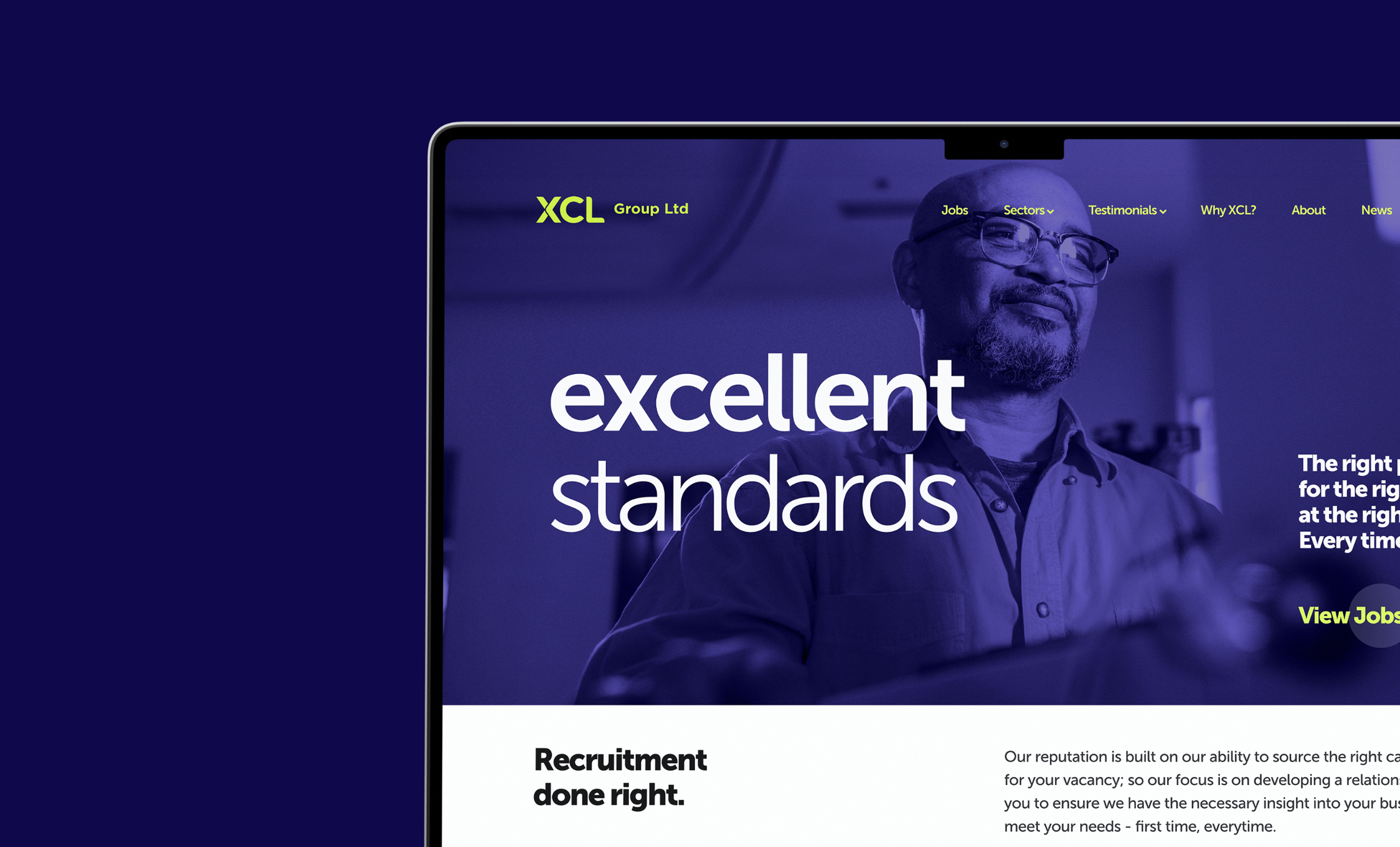
Web Dev Advantage™
ESG AdvantageTM
Further reading
Stay up to speed with the latest research and insights published by business and sustainability experts.
FAQs
Sustainability falls under the wider remit of ESG (environmental, government and social) practice, and refers to the environmental responsibilities and awareness that a company demonstrates to its clients, suppliers and employees.
Increasingly, companies need to demonstrate sustainability best practice for regulatory compliance, either within their industry sector, or within a wider framework of governmental legislation. In many cases, being able to demonstrate sustainability compliance is a scoring criteria for tender-based procurement.
Knowing what you want to achieve, and how close you are to achieving it is a good starting point. Your sustainability objectives should, however, be based on a wider reporting framework which sets the context for what you do. The fundamental basis of all sustainability strategies is a metrics system for measuring your progress against your objectives.
Companies often start with exploring how they can reduce their carbon footprint; use renewable energy sources for heating, lighting and ventilation; and find ways to reduce waste or increase their levels of recycling.
Companies that invest in our ESG Advantage programme benefit from our expertise in navigating a way forward from the starting point that we define together.
Net Zero is the objective of balancing the amount of greenhouse gases a business (or country) emits with the amount it removes from the atmosphere, aiming for no overall increase in emissions. It’s a key element of the global climate change strategy, and the UK government has committed to reaching Net Zero by 2050. For businesses, this means understanding and reducing their carbon footprint significantly (see Scope 1, 2 and 3 emissions) then offsetting any remaining emissions through methods like tree planting or carbon capture.
Scope 1, 2, and 3 emissions are officially recognised categories used to classify greenhouse gas emissions based on where they originate from a company's operations. Scope 1 includes direct emissions from sources owned or controlled by the company. Scope 2 encompasses indirect emissions from the generation of purchased energy. Scope 3 covers all other indirect emissions in the value chain, both upstream and downstream.
For many companies, these form a key part of their sustainability reporting metrics.
This is official advice from the UK government’s Competition & Market Authority, offering businesses key guidance on the environmental claims they can make about their products and services. This is designed to protect the buyer (corporate or domestic) from incorrect or misleading information.
Greenwashing often occurs when a company decides it doesn’t want to address the impact of its commercial activities - because it’s a difficult conversation.
So it makes claims that paint a false picture of its environmental activities, or gives undue emphasis to a small area of work where it is being responsible, while ignoring the more significant impact of its non environmental practices and behaviours.
This is where a company significantly under-communicates its sustainability actions, or hides them, for fear of backlash. Companies whose activities may seem to be environmentally damaging often feel under pressure to declare their hand, but instead decide to ignore making statements about the impact of their business activities on the environment.

